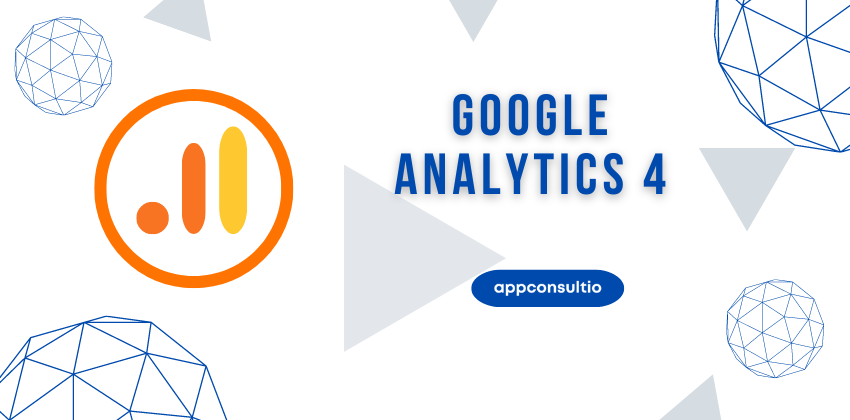
In the dynamic landscape of internet technology, where trends shift rapidly, and challenges evolve, the history of Google Analytics is a testament to its evolution and adaptability. From its inception in the mid-2000s, when Google acquired Urchin, to its subsequent transformation into the iconic platform we know today, Google Analytics has continuously evolved to meet the ever-changing needs of digital marketers and businesses. The journey began with Google’s acquisition of Urchin in 2005, leading to the launch of “Urchin from Google” shortly after that. By 2006, this powerful tool was rebranded as “Google Analytics,” marking the inception of a new era in web analytics. Over the years, the platform underwent several iterations, with the Universal Analytics version introduced in 2012. This version introduced many features and integrations, shaping how businesses understood user behavior and engagement.
Google Analytics 4 represents a paradigm shift in web analytics, heralding a new generation of insights and capabilities for advertisers and marketers. At its core, GA4 empowers users to dive deeper into customer usage metrics, transcending the conventional practice of merely tracking website traffic. Gone are the days of focusing solely on sessions; GA4 takes a user-centric approach, following the entire customer journey across multiple platforms. The user interface of GA4 introduces a refreshing departure from traditional reporting models. Instead of an exhaustive list of predefined reports, GA4 presents overview reports in concise summary cards. This streamlined approach allows marketers to spot key trends and anomalies in data quickly. A simple click on the scorecard suffices to explore more profound insights, providing instant access to more detailed information.
Upon logging into GA4, the homepage offers a comprehensive snapshot of the designated property’s critical metrics—from overall traffic to conversions and revenue. This swift overview is a convenient checkpoint to ensure everything operates as intended, allowing businesses to maintain peak performance and responsiveness.
1)Customer Lifecycle - A great thing about GA4 is that it focuses more on the journey your customers take than the older version, Universal Analytics. It gives you information about each step a customer goes through:
How they find your site.
What they do there.
If they buy something.
If they keep coming back.
This new way of looking at things is more like how marketing teams think about customers. It helps them see the whole picture and how people move from just visiting to doing something valuable for your business. This can encourage teams to make changes that matter and make a big difference in how well the website works for customers. It’s like looking at a customer’s journey’s whole story and using that to improve things.
2)Detailed Tracking - GA4 differs from the older version, Universal Analytics, because it looks at each person’s interaction with your website or app, not just in one visit. This makes the information much more detailed. It’s like zooming in to see small actions instead of just the bigger picture. Because of this, GA4 can understand how people use your website or app in more detail. It’s good at tracking people’s actions on different devices and apps like Facebook or Twitter. This is something Universal Analytics wasn’t as good at. In simple words, GA4 is like having a magnifying glass that helps us see tiny things people do on our website or app, and it’s even better at tracking how people use different devices and apps together.
3) Customized Report - GA4 allows you to make special reports, whether you want to start from scratch or tweak existing ones. This helps you get more valuable insights from GA4. This is done through a report builder tool, a simple way to set up views that show essential stuff.
You can make “Detailed reports” that show data like dates, categories, numbers, charts, and summaries. These reports can even be put in the menu on the left side to find them easily. There’s also an option to make “overview reports,” like extensive dashboards with cards that show summaries of different things. Creating these reports is valuable because it helps your team look at all the critical numbers in GA4 and choose the ones that can help you take action and improve things.
4)Tracking and Conversions - Before, if you wanted to keep track of specific actions on your website using Google Analytics, you had to mess around with Google Tag Manager or write custom code, which could be a bit complicated. But with GA4, tracking events without needing any code skills is way simpler. You don’t have to deal with tricky stuff. In simple terms, GA4 makes it easy to keep tabs on what people do on your website without needing to be a tech wizard. Plus, you can highlight actions that matter most as conversions, which is like giving them a special spotlight.
Google Analytics 4 (GA4) represents a dynamic shift in web analytics. From its origins in the mid-2000s to its current form, GA4 has adapted to the ever-changing digital landscape. It’s not just about tracking website traffic anymore – GA4 focuses on understanding the customer journey across platforms. With customizable reports, easy event tracking, and conversion marking, GA4 brings accessibility and depth.